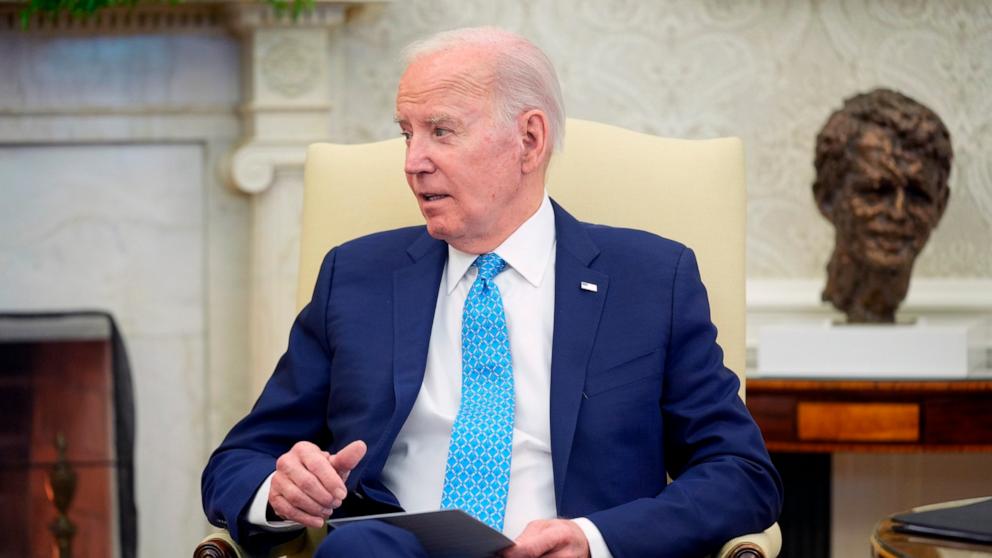Bitcoin hits new all-time high above $69,000
Bitcoin hit a new all-time high on Tuesday, fueled by excitement in the cryptocurrency sector since a new, more widely available form of investment was approved in the American market.
• Also read: Bitcoin surpasses $60,000, close to its all-time high
• Also read: Cryptocurrency fraudster finally in prison after a long time
The cryptocurrency star rose to $69,191.94, surpassing its previous high of $68,991 in November 2021.
“The price of Bitcoin has reached new heights” and continues to rise, notes Tickmill analyst James Harte, who believes investors remain decidedly optimistic about “the prospects for a rise.”
The first of the cryptocurrencies by capitalization, which so far is worth more than 1,300 billion dollars, according to the website Coingecko, has been on a crazy ride for several months.
Its price has risen by more than 50% since the beginning of the year alone and has tripled in the past year, a spectacular increase after the price collapse following the collapse of several industry giants at the end of 2022.
After its previous high, Bitcoin collapsed to around $15,000 in November 2022 following the bankruptcy of the FTX exchange platform, until then a flagship company in the industry.
His then-boss, Sam Bankman-Fried, was accused, along with other executives, of using client accounts without their knowledge to fuel the speculative trades of his own investment company.
Regulators, still struggling to effectively regulate cryptoassets, regularly warn against the illusion of huge profits, which can entice buyers to place large bets and incur large losses or fall into the trap of fraudulent schemes.
In 2017, a previous cycle of frenzied enthusiasm was already followed by a price collapse.
“Buying as prices rise is rarely a good idea,” says AJ Bell’s Laith Khalaf. “Previous episodes have shown that those who get in when the frenzy is at its peak suffer extreme losses,” the analyst recalls.
Buying fever
For several months, the price of Bitcoin has been supported by the expectation of the approval of a new investment product in the American markets, a Bitcoin-indexed investment fund (ETF), which will allow a larger part of the public to invest in these cryptoassets without holding them directly .
The introduction of this investment in the United States initially triggered a wave of massive outflows, particularly among investors in the GBTC (Grayscale Bitcoin Trust) fund, who wanted to lock in their profits once this fund was converted into an ETF.
The trend has now reversed. Since their launch, funds of this type, such as that of the world's largest asset manager BlackRock, have “accrued assets representing more than 3% of all Bitcoins in existence,” notes Simon Peters, analyst at eToro, in an interview with AFP.
Reduced offer
The industry also sees this approval as evidence of the growing interest of institutional investors in cryptocurrencies, which further increases enthusiasm for Bitcoin.
Finally, another upcoming event supports prices: the “halving”, a technical phenomenon that consists of halving the Bitcoin reward given to Bitcoin “miners” – those who validate transactions to create the blockchain contribute.
The “halving” occurs every 210,000 blocks – or groups of transactions verified and included in the “blockchain” – which is approximately every four years. The next one is currently scheduled for April.
By reducing the amount of Bitcoins available for purchase, this phenomenon should therefore strengthen the value of Bitcoins, notes Charles Morris, analyst at ByteTree.









